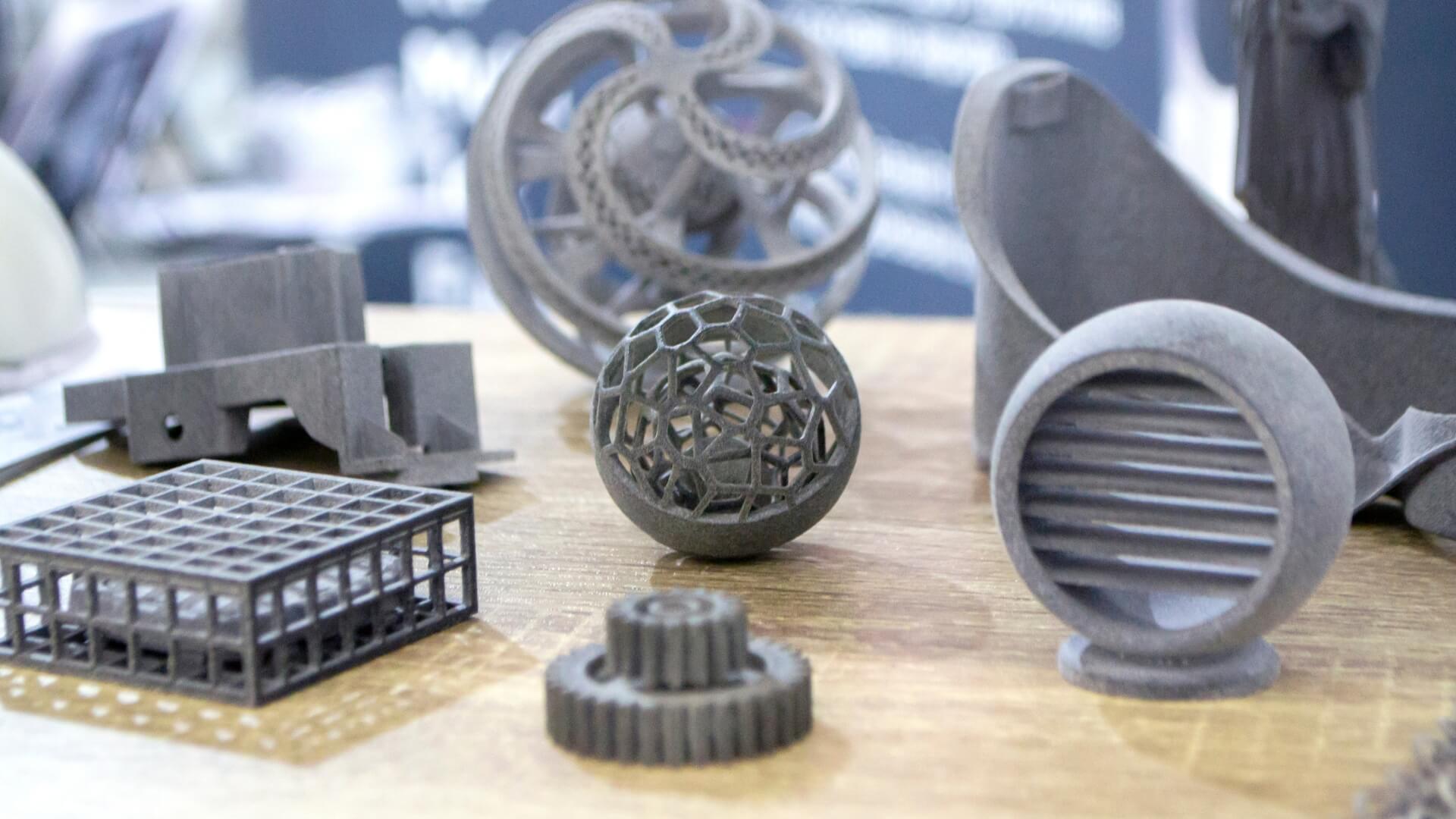In recent years, 3D printing has emerged as a transformative technology with the potential to reshape industries and revolutionize the way we create, design, and manufacture objects. What started as a novel concept has evolved into a powerful tool with a wide range of applications, from prototyping and aerospace to healthcare and fashion. As we look ahead, the future of 3D printing appears to be filled with endless possibilities and innovations that will continue to push the boundaries of what's achievable.
Mass Customization and Personalization

One of the most intriguing aspects of 3D printing's future lies in its potential to enable mass customization and personalization on an unprecedented scale. Traditional manufacturing methods are often constrained by the need for mass production, resulting in standardized products. However, with 3D printing, individual products can be tailored to meet specific needs and preferences. This could mean personalized medical implants, customized consumer products, and even personalized fashion items that perfectly fit an individual's unique body shape.
The implications of mass customization are far-reaching. For instance, the automotive industry could offer personalized car interiors, adjusting features to suit each driver's comfort and preferences. Similarly, the field of medicine could witness the creation of patient-specific prosthetics, implants, and surgical instruments that enhance treatment outcomes. As 3D printing technologies advance, the line between mass production and individual customization will blur, ushering in a new era of consumer-centric manufacturing.
Sustainable Manufacturing

As sustainability becomes a global priority, 3D printing offers a promising solution for more environmentally friendly manufacturing processes. Traditional manufacturing often leads to excess waste due to subtractive processes, whereas 3D printing operates through additive manufacturing, adding material only where it's needed. This can significantly reduce material waste and energy consumption. Moreover, the ability to recycle and reuse materials in 3D printing could contribute to a more circular economy.
In industries like architecture and construction, 3D printing presents opportunities for creating eco-friendly buildings and structures. By utilizing locally sourced materials and optimizing designs for minimal waste, this technology could reduce the construction industry's carbon footprint. Additionally, aerospace companies are exploring 3D printing for lightweight components that improve fuel efficiency and decrease emissions. The future of sustainable manufacturing is intricately tied to the evolution of 3D printing techniques.
Complex and Lightweight Structures

The future of 3D printing holds the potential to create complex geometries and lightweight structures that were previously impractical or impossible to manufacture. In industries such as aerospace and automotive, this could lead to the development of more fuel-efficient and high-performance vehicles. Intricate designs can be printed as a single piece, eliminating the need for assembly and reducing the risk of weak points in the final product.
Imagine aircraft components that are not only lighter but also stronger due to optimized internal structures that 3D printing can create. This innovation could revolutionize the aerospace industry by enhancing aircraft performance and reducing operational costs. Similarly, the automotive industry could see the emergence of vehicles with unprecedented designs that prioritize both aesthetics and functionality.
Bioprinting and Healthcare Breakthroughs

Bioprinting, the process of using 3D printers to create living tissues and even organs, holds immense promise for the healthcare industry. The future could bring about the ability to print functional organs, enabling life-saving transplants without the need for donors. Additionally, personalized medical devices, prosthetics, and implants could be manufactured with greater precision and efficiency.
The impact of bioprinting on medicine is profound. Organ shortages for transplantation could become a thing of the past as 3D-printed organs become a reality. This technology also allows for safer and more effective drug testing on human tissue models, potentially speeding up the drug development process. As bioprinting techniques advance, the line between science fiction and medical reality continues to blur, offering new hope for patients and revolutionizing the field of healthcare.
Construction and Habitat Creation

The construction industry is also poised for disruption by 3D printing. Imagine printing entire houses, bridges, or even habitats on other planets using local materials. This could significantly reduce construction time, costs, and labor requirements, while also expanding possibilities for architectural design. Remote or disaster-stricken areas could benefit from rapidly deployable shelters created through 3D printing technology.
The potential impact on global housing and disaster relief efforts is monumental. By utilizing automated construction through 3D printing, affordable and efficient housing solutions can be provided to communities in need. Moreover, the technology could play a crucial role in establishing habitats on extra-terrestrial surfaces, enabling human colonization of new frontiers.
Materials Innovation

The development of new materials for 3D printing will play a crucial role in shaping its future. Researchers are constantly exploring novel materials, such as advanced metals, ceramics, and even biodegradable plastics, to expand the capabilities of 3D printers. These materials will enable the creation of products with enhanced mechanical properties, heat resistance, and even electrical conductivity, opening doors to even more diverse applications.
Advancements in materials science drive the evolution of 3D printing. Imagine clothing that adapts to temperature changes, created by 3D printers using responsive materials. Or consider electronic devices that are seamlessly integrated into everyday objects through conductive materials. As material science progresses, the potential applications of 3D printing will continue to expand into new territories.
Conclusion
The future of 3D printing is undeniably exciting, with its potential to redefine industries and the way we conceive of manufacturing. As technology advances, we can anticipate a world where customization, sustainability, and innovation are at the forefront of production processes. From healthcare breakthroughs to sustainable construction and beyond, 3D printing is poised to leave an indelible mark on the world, proving that the only limits are those of our imagination. So, as we look ahead, let's embrace the boundless possibilities that the future of 3D printing has in store. The journey has only just begun, and the road ahead is filled with promise and potential.
Fancy 3D printing potentials? Start your journey now!

